Last month, I visited Tower Mill in Dukinfield where an incredible transformation is taking place. A 120-year-old textiles factory is waking up and clattering back to life to become the UK’s only commercial cotton spinning mill.
When Tower Mill was built back in 1885, cotton was the beating heart of industry in the North West. In thousands of steam-powered mills, men and women worked machines that made cloth that was sold all over the world. Manchester, a bustling commercial metropolis, sat at the centre of this thriving global network.
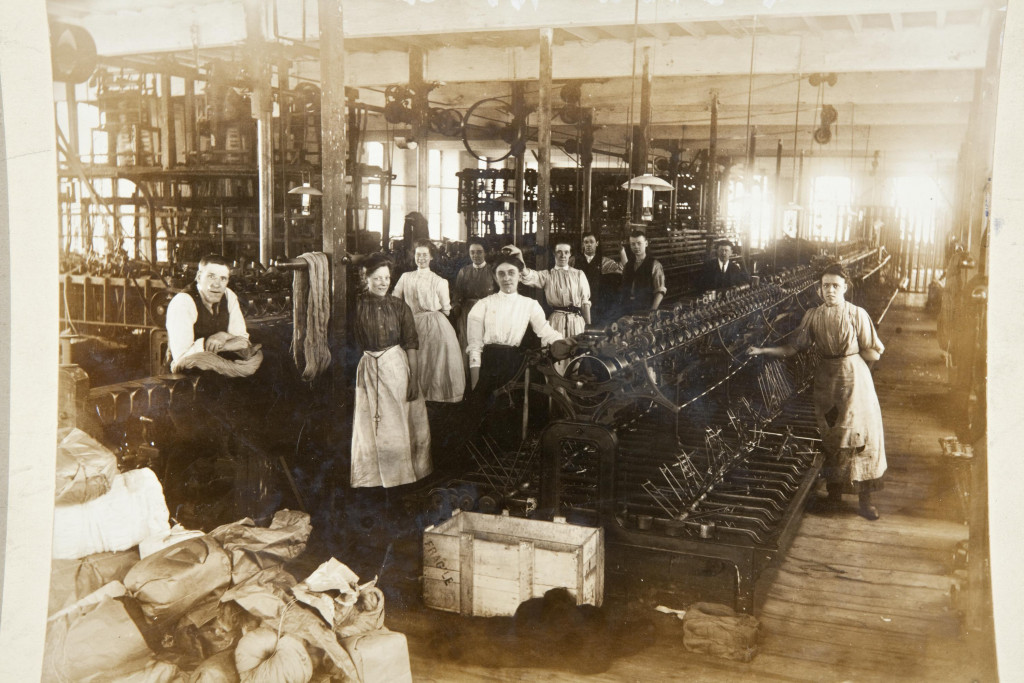
Science Museum Group © The Board of Trustees of the Science Museum
It was not, however, a story of endless growth. English Fine Cottons, the team behind Tower Mill, is working to revive an industry that, by the 1970s, faced with relentless overseas competition, was all but lost from the North West.
Tower Mill’s brand-new machines are state-of-the-art, using the most modern technology to produce the finest quality cotton yarns. Yet many of the processes are strikingly similar to ones you can see carried out in our Textiles Gallery by historic machines that 100 years ago thundered in the mills of Cottonopolis.
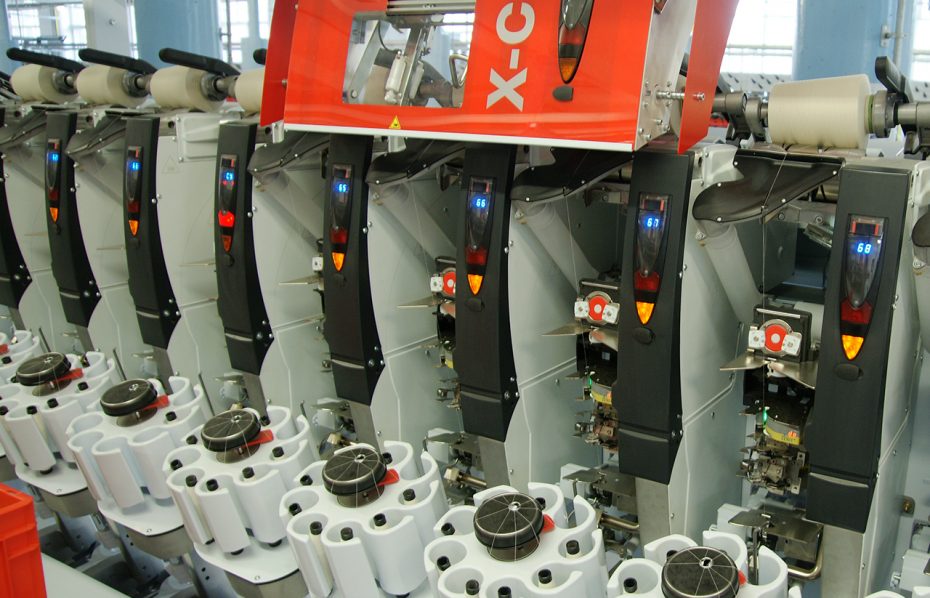
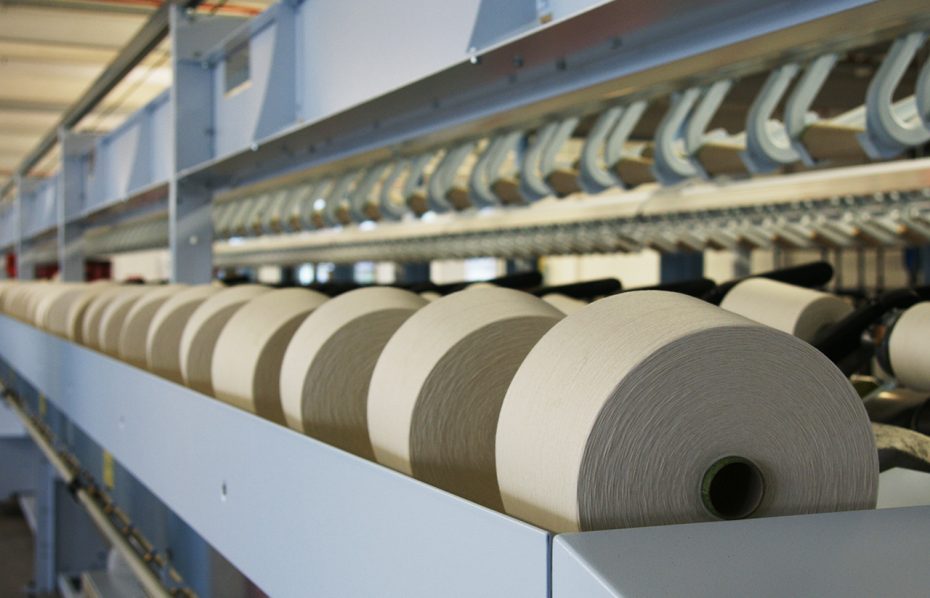
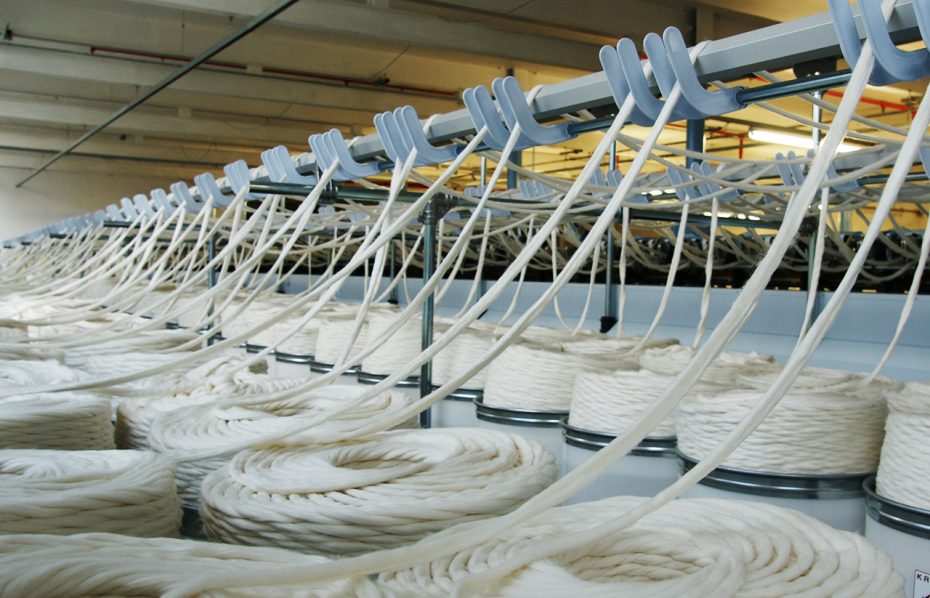
From the mechanisation of manufacturing to the growth of global markets, our Textiles Gallery explores how cotton became the driving force behind Manchester’s transformation from market town to manufacturing powerhouse.
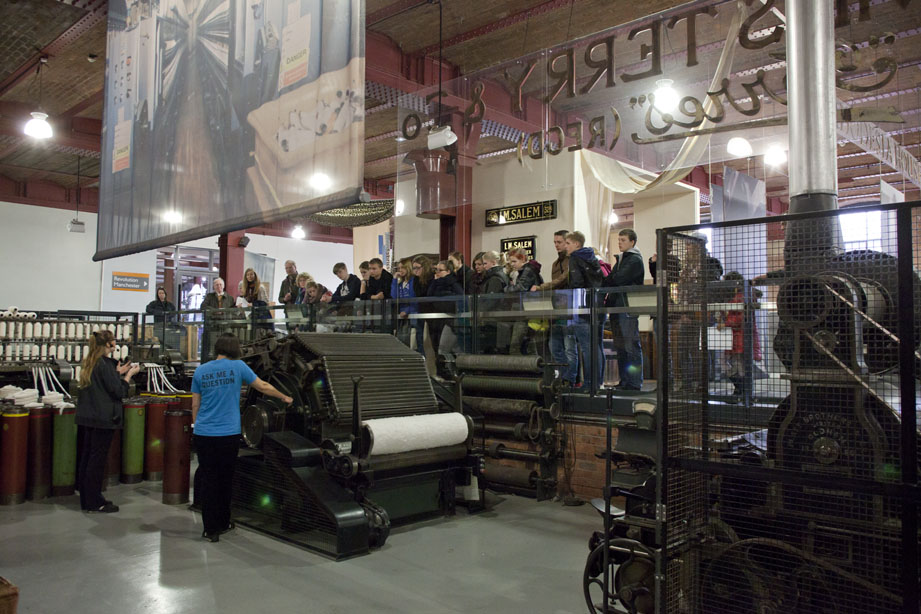
But what was life really like in the first industrial city? Who were the enterprising thinkers and makers who invented new ways to live, work and do business? Why did people flock in their thousands to this rainy patch of North West England? And how did it feel to be part of Manchester’s incredible rise from small town to sprawling urban giant?
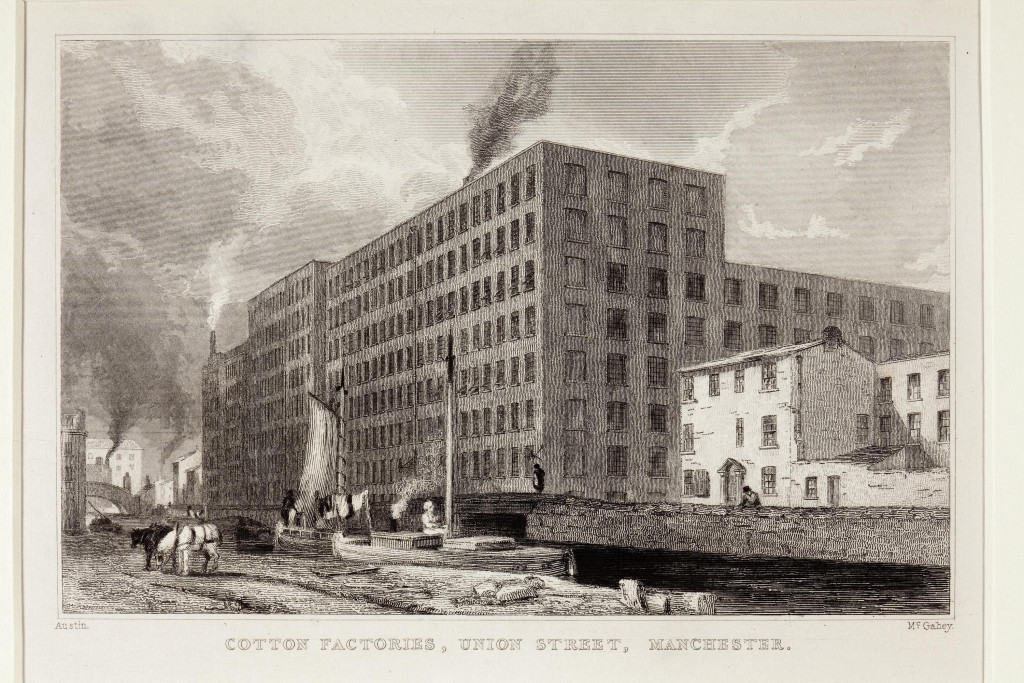
We are planning to redevelop our Textiles Gallery to create a new permanent gallery that will reveal the stories of how Manchester as a city changed the world. With working textile machinery and incredible objects at its heart, the gallery will show how human ingenuity shaped the city’s growth. A fresh new take on an enduring story, hands-on exhibits and immersive experiences will bring to life the sights, sounds and smells of industrial Manchester. We have already started research to develop the new gallery, and although it will be a few years in the making, we promise it will be worth the wait.
One comment on “Textiles Gallery update: Retelling the rise of Cottonopolis”
Comments are closed.